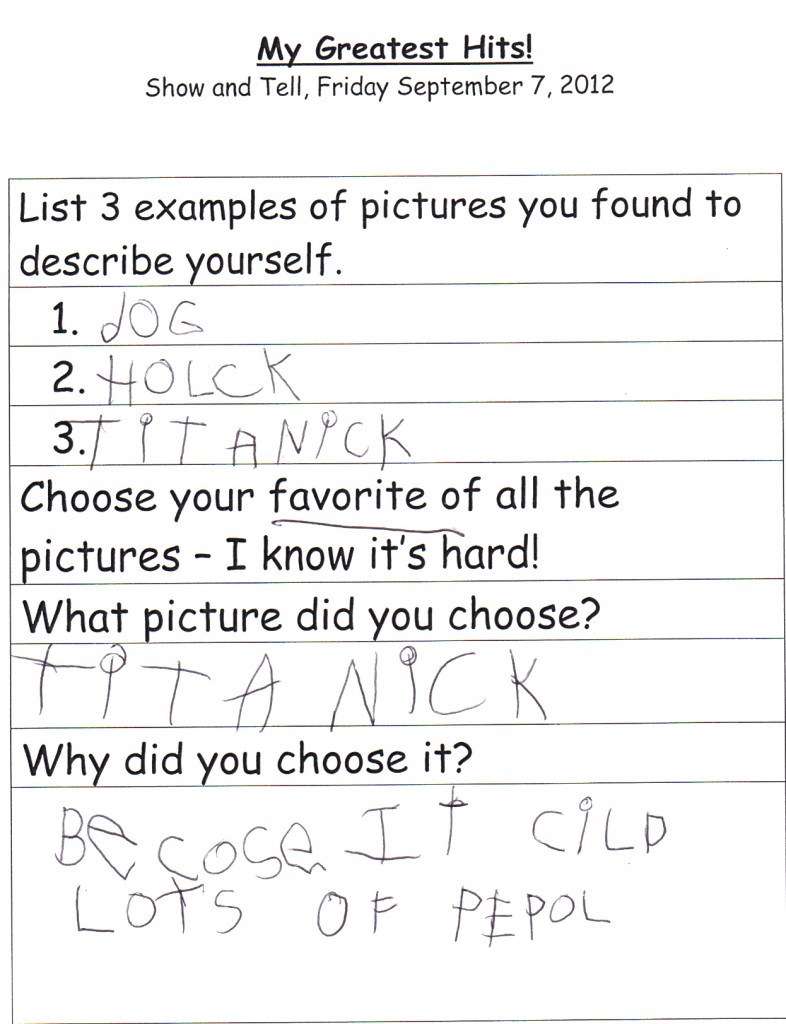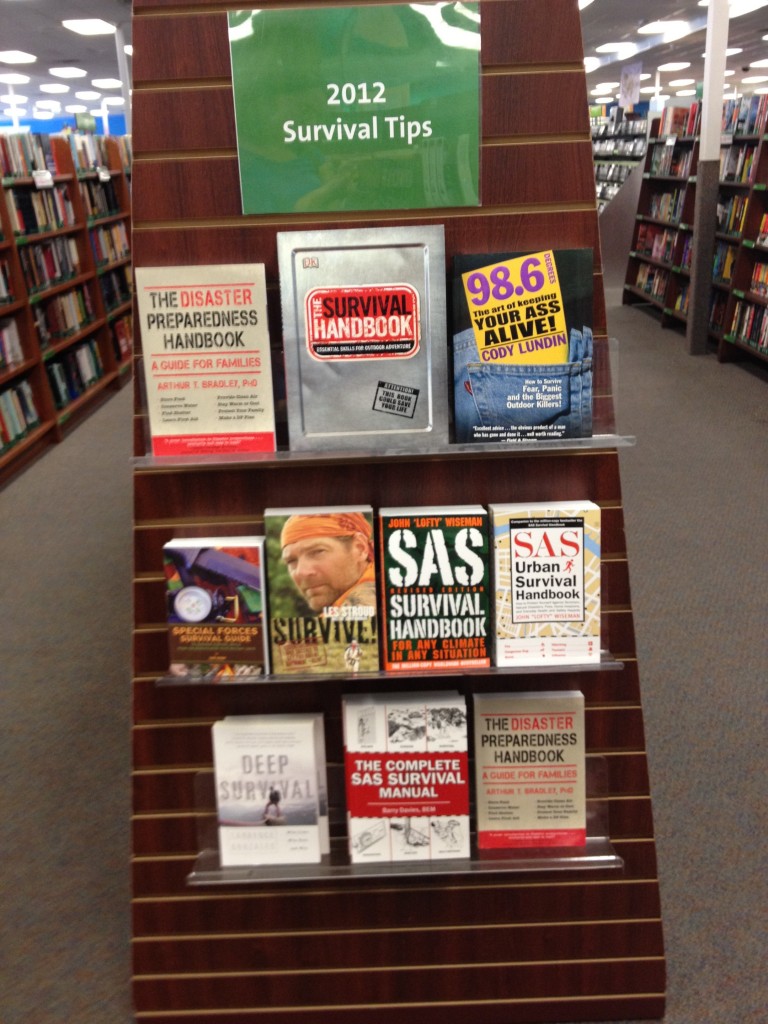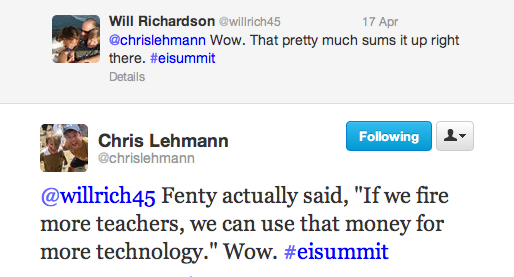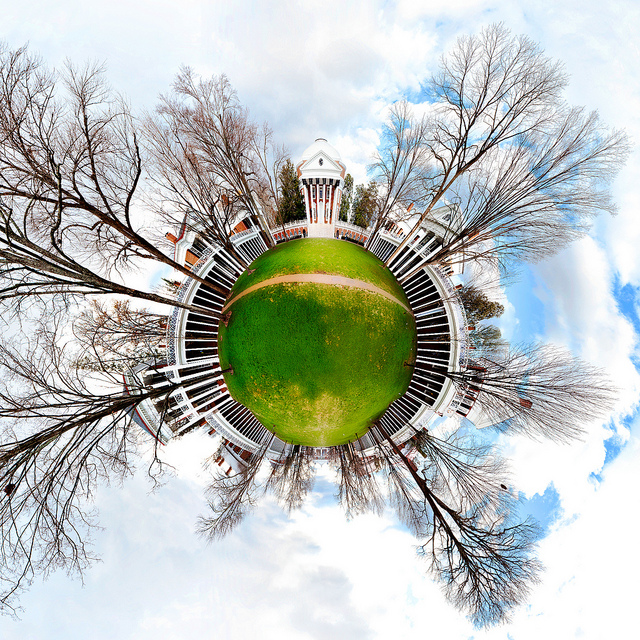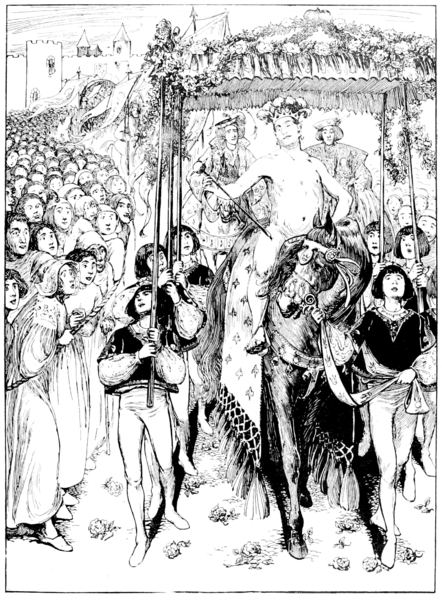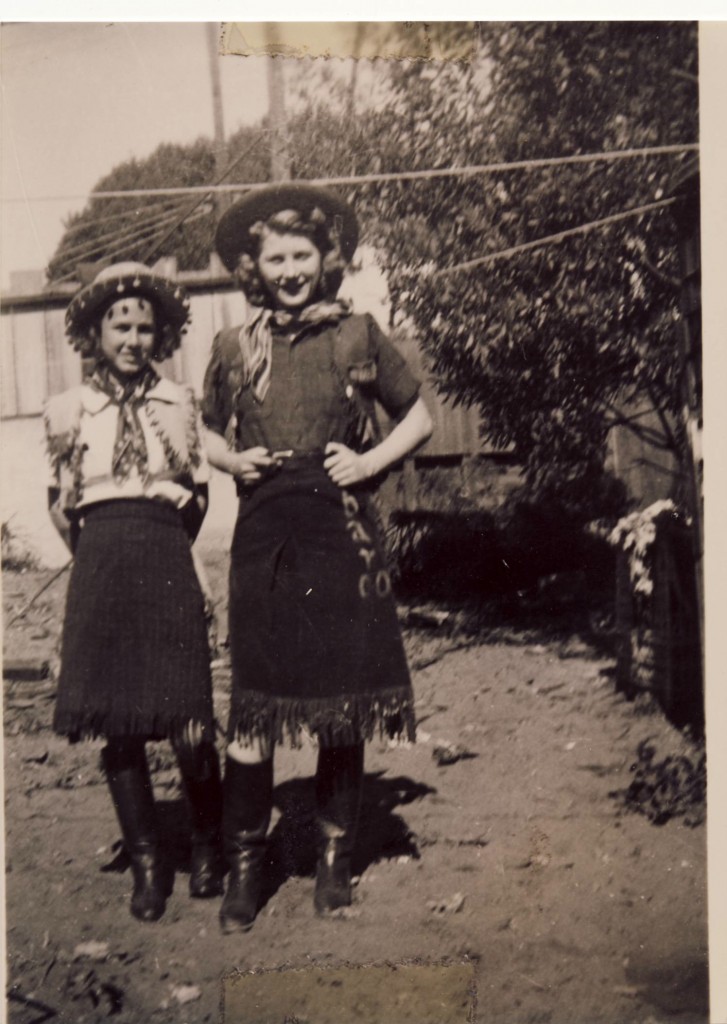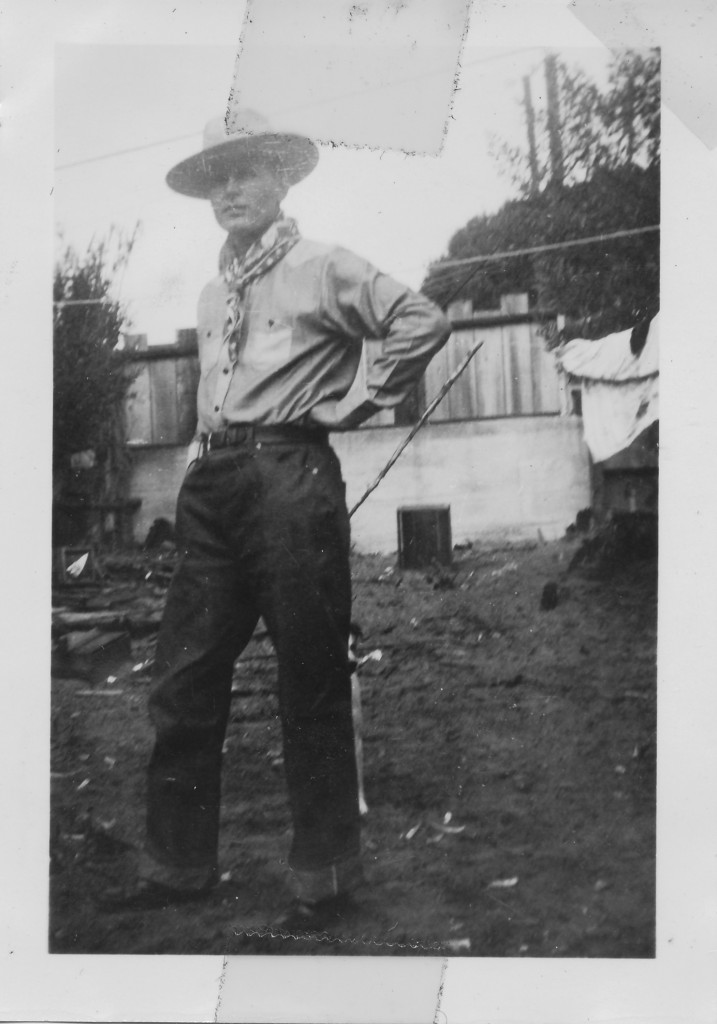A couple weeks back, before waves 1 and 2 of the pneumonia hit, I promised to write a series of posts about gun control. Meanwhile, there has been a ton of insightful writing about gun violence in the United States, so my series here may feel more like a round-up than a new contribution. That said, I feel moved to collect those links into themed posts for those who might have missed some or all of them.
Here is the first of those posts.
Photo by Jonathan Leopard, and used under a Creative Commons license
After Barack Obama was elected to the White House but before he took office, Fang and I went to Tucson to celebrate Thanksgiving with his family. While there, we reconnoitered with an old friend of Fang’s, a white musician with the long hair, grizzled face, and slender, angular body of a hippie who was almost aging gracefully. I had only met “Joe” once or twice before, so I was unfamiliar with his politics and worldview. We had a fairly wide-ranging and, quite frankly, mostly forgettable conversation in our brief visit, but the closing bit of it made quite an impression. Joe told us that “when the n*****s rise up,” we should join him and his wife in their house because they had both bolt-action and semiautomatic rifles, and their house occupied slightly higher ground that the rest of town.
Because this man used to be one of Fang’s best friends, and because I didn’t want to expose my three-year-old to any more such talk, I confess that instead of confronting Joe about his frankly delusional prediction I performed a rather lame “Oh my! Look at the time!” retreat.
Still, the exchange opened my eyes to a white fantasy of fighting off, with deadly force, darker-skinned trespassers or invaders. I certainly was no stranger to whites’ skewed views of African Americans’ capacity for violence. After all, I am white, and even in “polite company,” some white people let certain politically incorrect views slip from their lips. I also had studied racism on a more intellectual level, as while I was a student at UC Davis, I had the good fortune to study with and T.A. for one of the founders of the field of “whiteness studies”–or, as practitioners sometimes prefer to call it, “the critical inquiry of whiteness”–the late Ruth Frankenberg. And indeed, conversations about white privilege striated my graduate courses in cultural studies and were reinforced in the gender studies seminars I pursued. (I was the only person in my graduate cohort whom most Americans would consider white, so as you might imagine I was often placed in an interesting subject position, though as I said in the post introducing this series, I actually feel my whiteness most acutely when I’m surrounded by white people rather than when I’m the “only.”)
So when I heard of the Newtown shooting, and it emerged (unsurprisingly) that the perpetrator was a white man, I found myself making sense of the shooting in terms of whiteness and masculinity, and trying to triangulate among race, class, gender, religion, and partisan politics. There is, of course, a large body of academic research and criminal and social justice work on masculinity and violence, but Newtown prodded me to look at how mainstream Americans, and particularly white Americans, perceive (or fail to perceive) patterns of white masculinity and gun violence.
Fortunately, I wasn’t alone in my observation and reflection.
At the Huffington Post, Michael Kimmel and Cliff Leek dared to address the white elephant in the room. I found these two paragraphs from their post especially incisive about the race and gender of victims of mass shootings and their perpetrators:
Newtown is a white, upper and upper-middle-class suburb. Think of the way we are describing those beautiful children — “angels” and “innocent” — which they surely were. Now imagine if the shooting had taken place in an inner city school in Philadelphia, Newark, Compton, or Harlem. Would we be using words like “angels”? We don’t know the answer, but it’s worth asking the question. It is telling though that we do not see a national outcry over the far too frequent deaths of black and brown skinned angels in our nation’s inner cities.
Now let’s talk about the race and class of the shooter. In the last 30 years 90% of shootings at elementary and high schools in the U.S. have been perpetrated by young white men. And, 80% of the 13 mass murders perpetrated by individuals aged 20 or under in the last 30 years have also been committed by white men. There is clearly something happening here that is not only tied to gender, but also to race.
Immediately following the crime in Newtown, the tireless Chauncey DeVega delved deeper into this cultural crisis in a series of thoughtful posts (and now an interview with Historiann as well) interrogating the role of white masculinity in mass shootings in the U.S.
In response to Andrew O’Hehir’s post “How America’s toxic culture breeds mass murder,” in which O’Hehir emphasized that “America has an major angry-man problem,” DeVega elaborated on the fact that the U.S. has an angry white man problem:
Andrew’s oversight is a common one in a society (and among the pundit classes) where whiteness is taken to be a condition of both normality and invisibility. Whiteness has social power precisely because it goes unnamed. To be White in American society, with its long history of white racism and other inequalities that are structured around the colorline, is to be considered “normal.”
Ultimately, whiteness is the ability to be an unmarked individual whose actions do not reflect on your racial group. Consequently, white men who kill are just individuals who kill; black and brown folks who kill and commit other crimes are exhibiting behaviors which reflect on their “race” and “culture.”
To point. American politics and culture are obsessed with narratives that link race and crime.
DeVega then brings it home:
Given the cultural scripts that inexorably relate crime to race, one would think that white people, and white men in particular, would be the focus of similar narratives. White men are the majority of domestic terrorists in the United States. White men commit the most serial murders and child rapes. White men comprise the vast majority of those accused of treason. White men destroyed the country’s economy and financial sector.
And white men have committed 70 percent of the mass shooting murders in the United States as sourced from this piece in Mother Jones. By comparison, white men are approximately 30 percent of the population. They comprise more than twice their percentage among mass shooters. Yet, there is no “national conversation” on the matter. The silence is deafening.
DeVega continued to break the silence on his blog and elsewhere. At Alternet, he wrote
If Adam Lanza was an Arab American with one of those “Muslim sounding” names, then today’s script would be quite different. Questions of “terrorism” would loom large: it would be the default frame for reading the Connecticut school shooting. In all, the United States has a post 9/11 hangover where a moment of national trauma made one group of Americans a perpetual Other.
A person of color who happens to be of Arab descent, and who is Muslim by chosen faith or birth, is not allowed to be a deranged individual who made a choice to kill dozens of people. His or her identity and personhood is one that is “politicized” by default in the West. As such, all actions, however random or outliers, are taken as representative of some type of collective identity, one where terrorism is an inexorable part of its character.
It’s important to note that despite these observations, DeVega isn’t calling for racial profiling. Rather, he’s pointing out the hypocrisy of conservative white men calling for continual surveillance and profiling of particular groups of people because someone who happens to fall into a their demographic (Muslim immigrant, in this example) commits a rare but heinous crime. These conservatives are taken aback by the merest suggestion that there may be a pattern of white male gun violence–and especially of mass shootings–and refuse to believe that there may be fatal flaws in the ways white families raise white boys and men. God forbid anyone suggest as a nation we must examine the sources of that violence and the ways that white Americans’ easy access to guns amplifies violence. (DeVega elaborates on some of these pathologies in another post.)
DeVega is more eloquent on the subject:
In all, I am legitimately taken aback by the sincerity of the pain and offense at the idea that white men could be experts at committing singular types of crime in America.
Moreover, in surveying the comments and reactions to my (and other) essays about Adam Lanza, white masculinity, and gun violence, there is a tone of real hurt:
White Masculinity, like Whiteness, imagines itself as normal, innocent, and benign. The very premise that the intersection of those identities could result in socially maladaptive and violent behavior which is evil, and yes I use that term intentionally, is rejected by those deeply invested in a particularly conservative and reactionary type of White Masculinity, as something impossible. To even introduce such an idea is anathema to their universe. The language is verboten. The Other is suspect until proven otherwise; “real Americans” as “good people” are to be judged by precisely the opposite premise.
DeVega ventured into what liberals certainly perceive as one heart of darkness in the large subculture that perpetuates such myths: a forum frequented by owners and fans of the AR-15 assault rifle. Included among his observations is this one explicitly connecting white nationalism and gun fandom:
These people hate President Obama. Although, he has done nothing to strengthen gun control laws he is evil incarnate. Much of the rage is talking point Right-wing claptrap. Nonetheless, the anger is real. There is also no small amount of white identity politics on display with its obligatory hostility to people of color. At present, conservatism and racism have overlapped in the United States. The survivalist and militia crowd have long been an organ of white nationalism. As such, the overlap of white racial resentment and extreme gun culture is not a surprise. This is especially true given the role of guns in maintaining white power in a country that for centuries was a Constitutionally mandated formal Racial State.
[. . .]
I would not go so far as to say this speech is treasonous or seditious–although it is mighty close–but given the political environment of the United States, and the routine use of eliminationist rhetoric by the Right-wing media against anyone not white, male, heterosexual, Christian, middle class, and conservative, one would have to be a fool to not be concerned about a bunch of heavily armed people that imagine themselves as uber patriots and 21st century guardians of “democracy.”
Some numerical correlations
Frightening indeed. And if you’re not persuaded by DeVega’s brand of cultural analysis, then let’s go quantitative, shall we? Writing at The Atlantic, Richard Florida reports on a statistical analysis of gun ownership, politics, and gun violence by state. His findings suggest common assumptions about the causes of gun violence are incorrect.
We found no statistical association between gun deaths and mental illness or stress levels. We also found no association between gun violence and the proportion of neurotic personalities. . . . We found no association between illegal drug use and death from gun violence at the state level.
[. . .]
What about politics? It’s hard to quantify political rhetoric, but we can distinguish blue from red states. Taking the voting patterns from the 2008 presidential election, we found a striking pattern: Firearm-related deaths were positively associated with states that voted for McCain (.66) and negatively associated with states that voted for Obama (-.66). Though this association is likely to infuriate many people, the statistics are unmistakable. Partisan affiliations alone cannot explain them; most likely they stem from two broader, underlying factors—the economic and employment makeup of the states and their policies toward guns and gun ownership.
[. . .]
And for all the terrifying talk about violence-prone immigrants, states with more immigrants have lower levels of gun-related deaths (the correlation between the two being -.34).
Florida also reports that states that with stricter gun control legislation have fewer firearm deaths. “We find,” he writes, “substantial negative correlations between firearm deaths and states that ban assault weapons (-.45), require trigger locks (-.42), and mandate safe storage requirements for guns (-.48).” Definitely click through to see the map highlighting the number of deaths and injuries by firearms per state per 100,000 persons. I’d love to see the same map on the county level, with racial and ethnic demographics overlaid on it. After all, a recent Pew Research Center study (PDF) underscored that it is white, politically conservative Protestant men who are most interested in preserving easy access to guns. (Alas, my GIS skills are not such that I can produce such a map, but if you know of one, kindly leave a link in the comments.)
A caveat
By writing this post, I’m not by any means trying to trace all gun violence somehow to white conservative men, or to pathologize white American men more generally. As a country, we definitely need also to consider the rates of black-on-black violence, as while the rates of African Americans dying by or committing homicide declined in the 1990s, they leveled off shortly before 2000, and they remain significantly higher than rates among whites. (Though as the statistics at this link sent by my friend Dave show, homicide-by-gun victims are just about as likely to be white as black, and white offenders are more likely than black offenders to kill multiple people.) And although Richard Florida and others have over the past couple of weeks emphasized that mental illness is not a large factor in gun homicides, we still need to address the intersection of mental illness and gun availability, as it leads too often to suicide.
This is a profoundly complicated issue, and I know that in this series of posts, I’m only going to be bringing small pieces of it to light. They are pieces, however, that I feel are going largely unremarked upon in mainstream American discourse.
Readers, I’m curious about what you think.
I know some of my readers are gun owners, others are politically conservative, and I suspect many (if not the vast majority) are white. Regardless of your subject position, what are your thoughts? Are you as persuaded as I am–by DeVega’s posts, your own experiences, crime statistics, or other sources–that we must consider white masculinity as a major factor when we discuss gun violence in the U.S., and in particular when the subject is massacres? If you don’t see white masculinity as a factor in these kinds of crimes, what cultural or demographic forces do you think are more forcefully at work?
As this is an issue that raises hackles, I encourage us to be especially respectful if a conversation emerges in the comments below.



